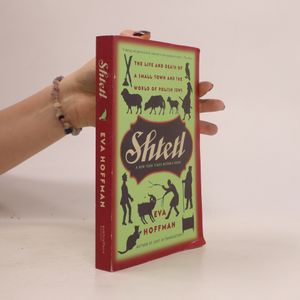
Más información sobre el libro
The term 'shtetl' evokes a blend of nostalgic imagery, from Chagall-like streets and warm Sabbath dinners to the harsh realities of pogroms and Cossacks. However, the shtetl was a distinct and resilient microsociety, characterized by its own customs, beliefs, social hierarchies, organizations, and civic structures. Before its existence was tragically ended by the Holocaust, the shtetl represented a fascinating experiment in intimate multiculturalism. In pre-World War II Bransk, Poland, the population was evenly split between Poles and Jews, but today, the Jewish presence is gone. This work reconstructs the vibrant world of Polish Jewry leading up to its demise, delving into its rich culture and institutions. It examines the complex dynamics of Polish-Jewish coexistence over centuries, revealing the nuances of prejudice, tolerance, conflict, and harmony. By exploring the ambivalent relations between Poles and Jews on the eve of World War II, it sheds light on the motivations behind Christian villagers' choices to either rescue or betray their Jewish neighbors during the Nazi invasion. As a Polish émigré, the author offers insightful analysis and a compassionate perspective on a history laden with deep emotions and significant implications for humanity.
Compra de libros
Shtetl, Eva Hoffman
- Idioma
- Publicado en
- 1997
- product-detail.submit-box.info.binding
- (Tapa dura)
Métodos de pago
Nos falta tu reseña aquí


